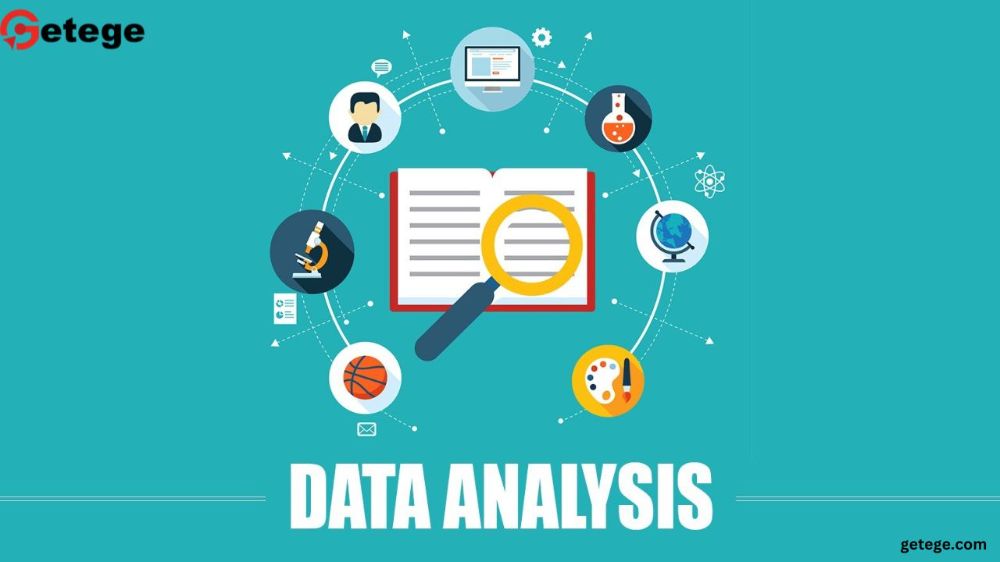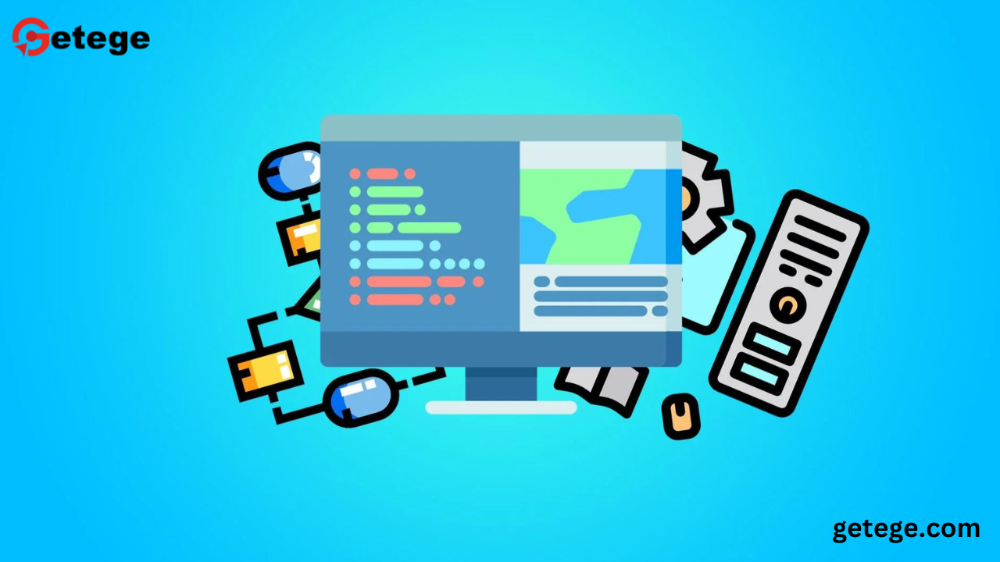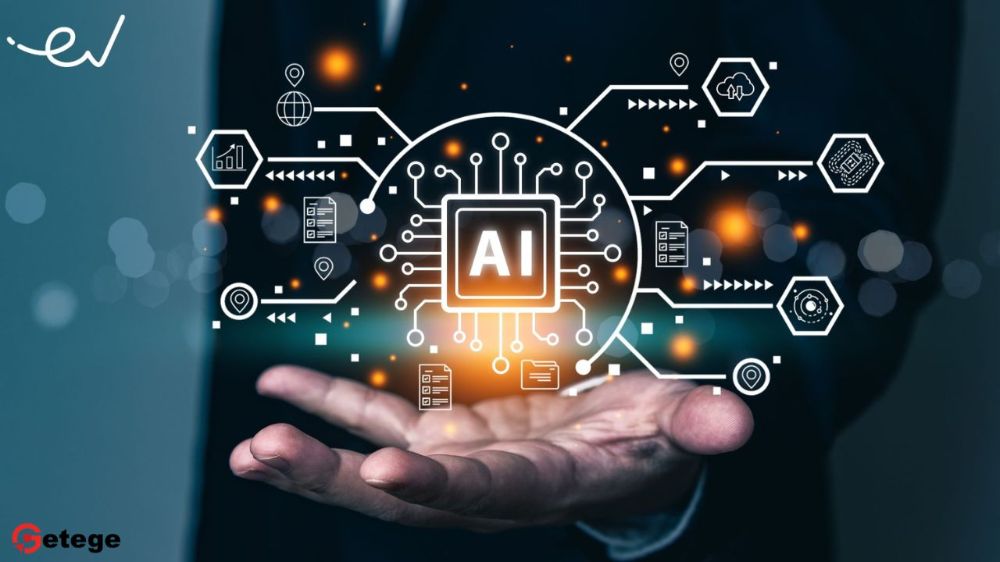Data Analysis: Uncovering Insights from Raw Data
Data analysis is a critical process in today’s data-driven world, allowing individuals and organizations to extract meaningful insights from raw information. It involves systematically applying statistical and logical techniques to describe, condense, evaluate, and interpret data. Data analysis is widely used across various industries, from healthcare to finance, helping businesses make data-driven decisions, optimize processes, and predict trends. In this article, we'll explore the key steps of data analysis, popular methods and techniques, the tools used, and how data analysis plays a pivotal role in decision-making and problem-solving.
What is Data Analysis?
It involves several phases and can be applied to both structured data (like spreadsheets or databases) and unstructured data (such as emails, images, or social media posts).
The main objective of data analysis is to find patterns, trends, correlations, or anomalies in datasets that can answer specific questions, support hypotheses, or drive strategic decisions.
Key Steps in the Data Analysis Process
Define Objectives
Before diving into data, it’s essential to have a clear goal. Defining what you want to achieve with your data analysis helps streamline the process and ensures the results are aligned with your objectives.Data Collection
This can be done through surveys, databases, web scraping, or extracting data from internal systems. It's important to ensure that the data is relevant, up-to-date, and accurate.Data Cleaning
Raw data is often messy, with missing values, duplicate entries, or inconsistencies. Data cleaning, or data wrangling, involves removing errors and organizing data into a format suitable for analysis.Data Exploration
Exploratory data analysis (EDA) is the process of exploring the data to understand its structure, patterns, and distributions. It involves summarizing the main characteristics of the dataset using visualizations like histograms, scatter plots, and box plots.Data Transformation
This step involves manipulating data by applying mathematical functions, aggregating data, or creating new features (variables) to enhance the analysis. For example, you may normalize the data or convert categorical data into numerical values.Data Modeling
Data modeling involves using statistical and machine learning techniques to analyze the data and create models that can predict outcomes or classify data. Examples include linear regression, clustering, and decision trees.Interpretation of Results
After analyzing the data, it’s time to interpret the results. This involves understanding the key takeaways, identifying patterns or trends, and answering the initial questions posed in the objectives.Communication of Findings
The final step is to present the insights gained from the analysis in a clear and actionable way. This often involves creating reports, dashboards, or visualizations that can be understood by stakeholders.
Popular Data Analysis Methods
Descriptive Analysis
This method focuses on summarizing the main features of a dataset.Inferential Analysis
Techniques like hypothesis testing, regression analysis, and ANOVA are commonly used to make generalizations beyond the sample data.Predictive Analysis
This method is often used in industries like finance, marketing, and healthcare to predict trends, customer behavior, or potential risks.Diagnostic Analysis
Diagnostic analysis digs deeper into data to answer "why did it happen?" It focuses on identifying causes and factors behind specific outcomes by examining correlations and relationships between variables.Prescriptive Analysis
Prescriptive analysis goes beyond predictions by recommending actions based on data insights. This is commonly used in logistics, healthcare, and financial planning.
Common Tools Used in Data Analysis
Excel
Microsoft Excel is one of the most widely used tools for basic data analysis. It offers functions for data manipulation, pivot tables for summarizing data, and charts for visualization.R
R is a programming language designed for statistical computing and data visualization. It has an extensive range of packages for performing advanced statistical analysis, machine learning, and creating detailed visualizations.Python
Python is a popular programming language for data analysis and machine learning, thanks to its ease of use and libraries likepandas,NumPy,matplotlib, andscikit-learn, which make it ideal for data manipulation, visualization, and modeling.SQL
SQL allows analysts to retrieve, filter, and aggregate data efficiently, making it indispensable for working with large datasets.Tableau
Tableau is a leading data visualization tool that helps analysts create interactive and shareable dashboards. It’s widely used for business intelligence and allows users to visualize data trends and insights easily.Power BI
It allows users to create reports and dashboards, making it useful for data-driven decision-making.SAS
It's popular in industries that require in-depth statistical analysis, such as healthcare and finance.
Applications of Data Analysis in Different Industries
Healthcare
In healthcare, data analysis is used for patient data management, disease prevention, and medical research. Predictive analytics help in identifying disease outbreaks, while diagnostic analysis improves patient care by examining medical records for trends.Finance
Financial institutions use data analysis to assess risks, forecast market trends, and detect fraudulent activities. Data analysis helps in optimizing investment portfolios and personalizing banking services.Retail and E-commerce
Retailers use data analysis to understand customer preferences, manage inventory, and optimize pricing strategies. E-commerce companies leverage predictive analytics to recommend products and personalize shopping experiences.Marketing
Marketers use data analysis to track campaign performance, segment customers, and optimize strategies. By analyzing consumer behavior, they can tailor messaging and improve the effectiveness of marketing efforts.Education
Educational institutions use data analysis to track student performance, identify at-risk students, and improve curricula. Data-driven insights also help in optimizing resource allocation and managing academic programs.
Why Data Analysis is Critical for Businesses
Informed Decision-Making
Data analysis enables businesses to make decisions based on evidence rather than intuition. By analyzing historical data, companies can identify trends, predict future outcomes, and make data-driven choices that improve operational efficiency and competitiveness.Improved Customer Insights
Data analysis helps businesses segment their audience, understand purchasing habits, and develop targeted marketing strategies.Optimizing Operations
Analyzing operational data helps organizations identify inefficiencies, improve productivity, and reduce costs. For example, data can highlight bottlenecks in production processes or reveal areas for cost savings in supply chains.Risk Management
Through predictive analytics, companies can anticipate risks and take proactive measures to mitigate them. This is particularly valuable in finance and insurance, where data-driven models can predict market fluctuations or fraudulent activities.
FAQs about Data Analysis
Q1: What is the difference between data analysis and data science?
A1: Data analysis focuses on inspecting and interpreting data to find patterns and trends, while data science includes a broader scope of disciplines, including data mining, machine learning, and big data analysis.
Q2: How long does it take to learn data analysis?
A2: The time it takes to learn data analysis varies depending on the depth of knowledge you're seeking. Beginners can learn the basics in a few weeks, while mastering advanced techniques may take months or even years of practice.
Q3: What is the most commonly used tool for data analysis?
A3: Excel is one of the most commonly used tools for basic data analysis, while Python and R are popular choices for more advanced statistical analysis and machine learning.
Q4: Can data analysis be automated?
A4: Yes, many aspects of data analysis can be automated using tools like Python scripts, SQL queries, or specialized software. Automation helps streamline the process, especially for repetitive tasks like data cleaning or generating reports.
Q5: What are the challenges in data analysis?
A5: Common challenges include handling incomplete or inconsistent data, managing large datasets, ensuring data privacy, and correctly interpreting the results.
Conclusion
Data analysis is an essential process for extracting actionable insights from raw data. By following systematic steps—from data cleaning to visualization—it allows businesses and organizations to make informed decisions, predict future trends, and optimize processes. With the rise of big data and advancements in machine learning, the importance of data analysis will only continue to grow across industries. Whether you're a beginner or an experienced data scientist, mastering data analysis techniques and tools is key to succeeding in today’s data-driven world.













